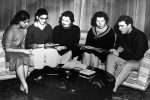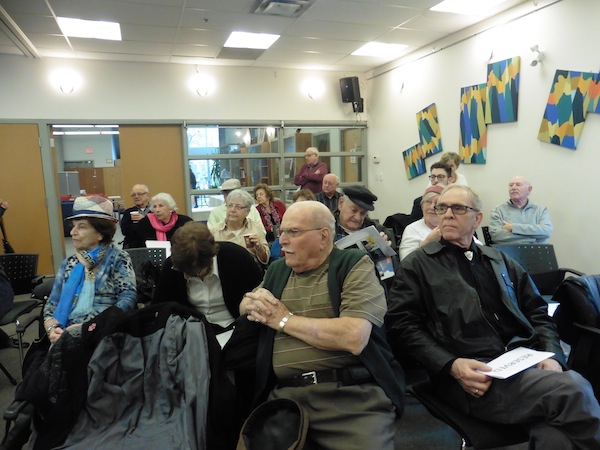The Vancouver Holocaust Education Centre has developed a collections management system (CMS) that integrates the components of the centre’s diverse holdings into an online platform featuring educational resources aligned with the B.C. secondary curriculum to support teaching with primary source materials.
The CMS allows visitors to the VHEC and online users to explore the various holdings in a way that eliminates divisions between the museum, archives, library and audio-visual testimony collections.
“When you search for a keyword term, it will return records from each collection,” said Caitlin Donaldson, the VHEC’s registrar, who was on the project team that coordinated the development of the system. “We worked collaboratively to design the metadata so that catalogue records are fulsome and so that users will get really rich relationships between items.”
The user-centred design approach prioritized the needs of the centre’s educational mandate and community.
“The VHEC’s system has some administrative modules and features that can track conservation, storage location, loans, accessions and donations,” said Donaldson. “So it’s a really powerful tool for us as a nonprofit organization with a small staff.”
A researcher, student or visitor to the VHEC can view the video testimony of a survivor, then easily see all the centre’s holdings that relate to the individual, such as books written by or about them, documents or artifacts donated by them and broader information about their place of birth, their Holocaust experiences and the camps, ghettoes or other places they survived.
The VHEC is committed to assisting teachers to use primary sources effectively in the classroom to teach about the Holocaust and social justice broadly. The centre has created materials to guide students through searching the CMS and analyzing artifacts. Lightbox is a tool within the CMS through which users can create, manage and share collections of items from the catalogue. Students can use this digital workspace to collaborate on projects and further independent research.
The CMS was developed using Collective Access, an open-source collections management and presentation software created by Whirl-i-Gig, which provided development services for the VHEC. Collective Access is also used locally by the Vancouver Maritime Museum and the newly opened Indian Residential School History and Dialogue Centre at the University of British Columbia.
“The open-source software allowed us to benefit from the collected knowledge of other institutions and to also contribute back to that base of knowledge through the development of some modules that were created just for our needs,” said Nina Krieger, executive director of the VHEC. “This collections management system allows us, our visitors, researchers, students and anyone in the world unprecedented access to our collections, with the opportunity to contextualize artifacts and information in ways that were not remotely possible when the centre was created two decades ago.”
The VHEC is continually adding records and digitized items to the catalogue. Researchers are encouraged to contact VHEC collections staff to inquire about its full holdings and to access non-digitized materials.
The development of the online catalogue and CMS was made possible through a gift from the Paul and Edwina Heller Memorial Fund of the Jewish Community Foundation of Greater Vancouver. To explore the VHEC collections online, visit collections.vhec.org.
A version of this article was published in Roundup, Spring 2018, issue 272, by the B.C. Museums Association.







